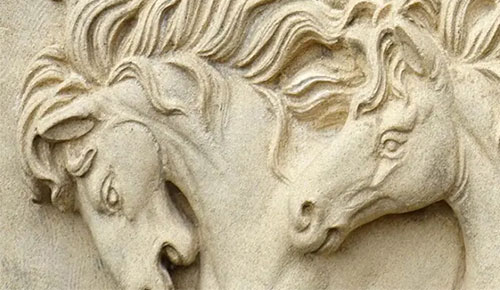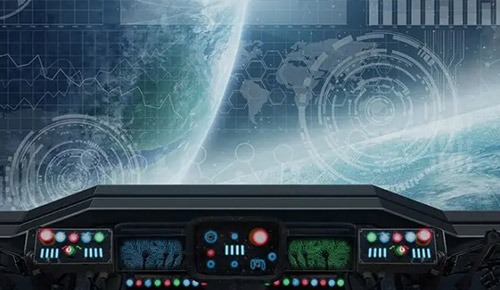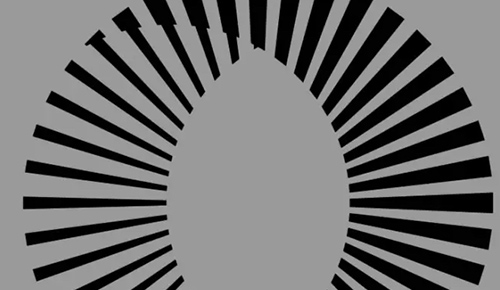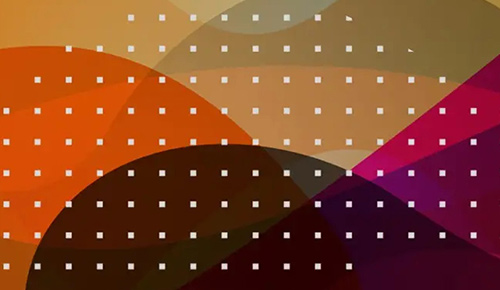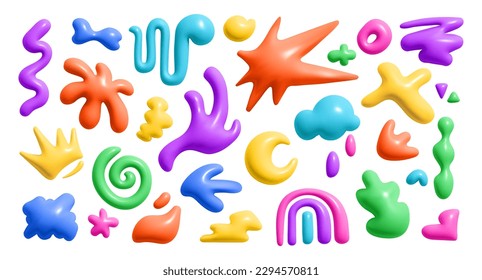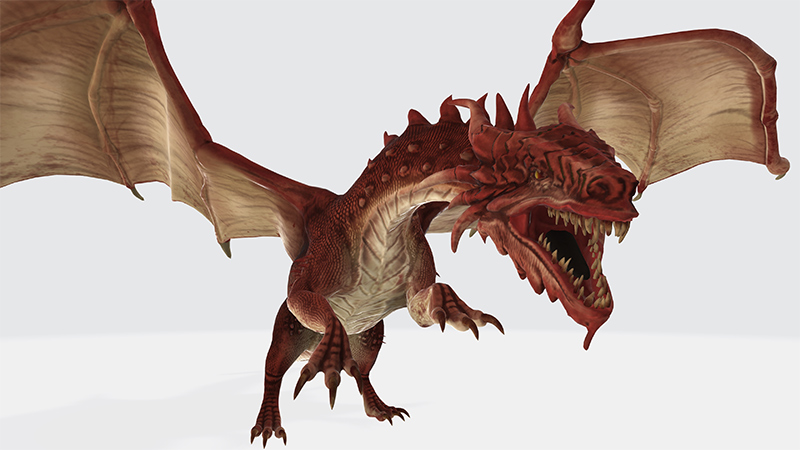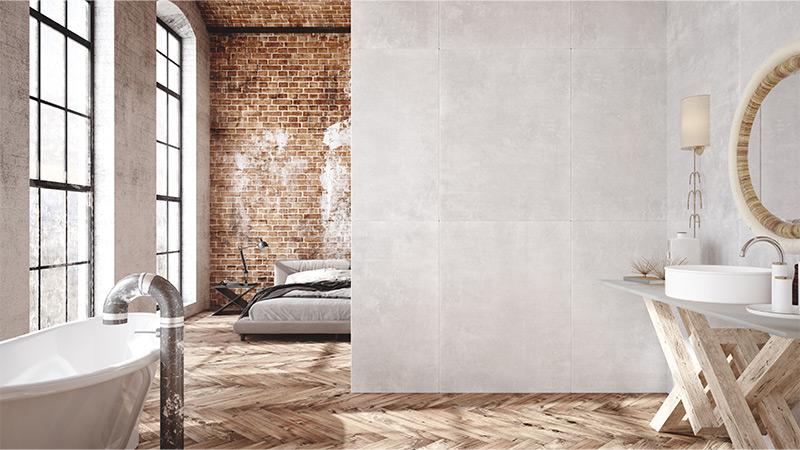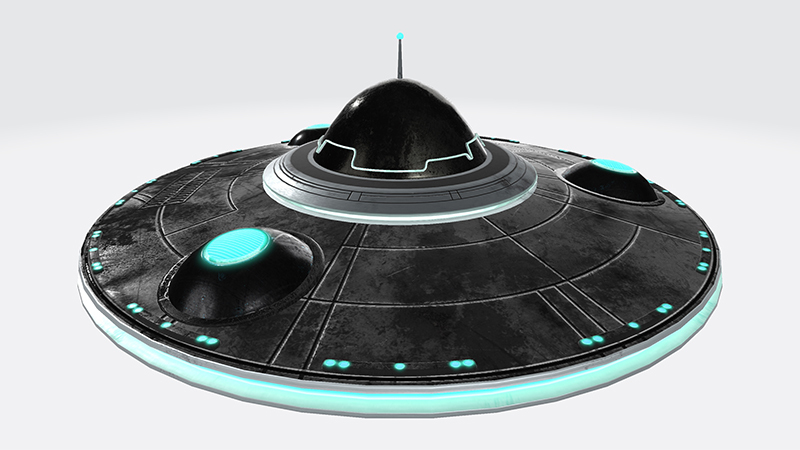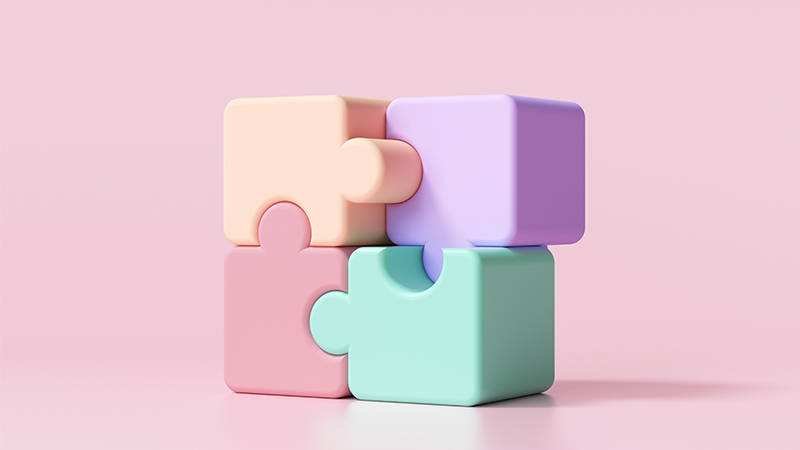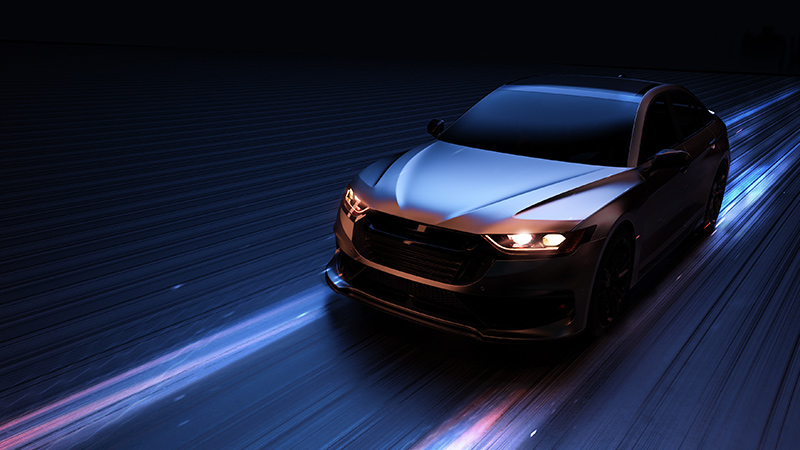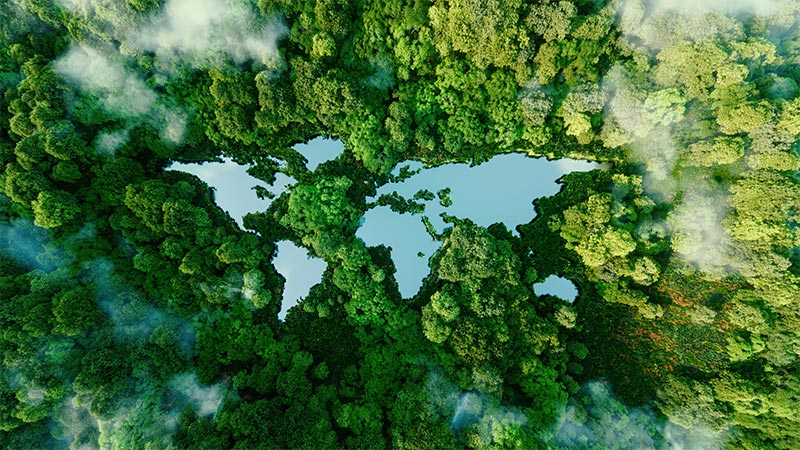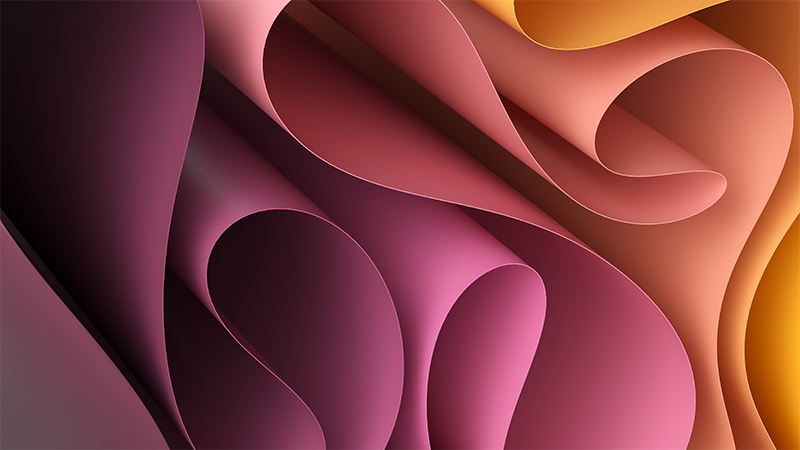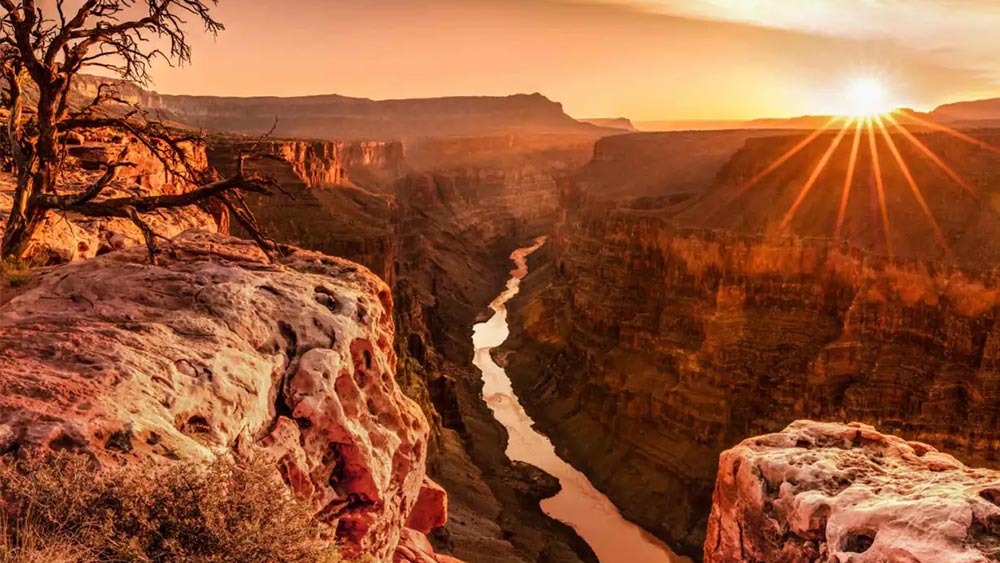Start

Ferie royaltyfri billeder og stock-fotos
Ligegyldigt måned eller sæson, ferie billeder handler om fest. Nogle fejrer en historisk begivenhed. Nogle er baseret på gamle ritualer. Andre handler om erindring. Uanset hvilken dag du fejrer, vil du have billeder, der taler til de unikke kvaliteter af hver speciel dag. Fra helligdage som dit lands uafhængighedsdag til internationale helligdage som jul til finurlige helligdage som National Donut Day, har det omfattende udvalg af billeder fra Shutterstock visuals skræddersyet til ferien efter dit valg.
How to use 3d rendered images for interior design
3D renders can be used to create a realistic 2D image of an architectural or interior design before real-life work is done. With these images, interior designers can provide potential clients with a visual proof of concept.
In showing these realistic renditions of desired outcomes in vivid detail, designers stand a better chance of exciting their clients and landing new contracts. To create high-quality 3D renders for interior design, it helps to use a reference image. Because attention to detail is crucial in 3D renders, these reference images can help ensure you get it right.
If you want to create a 3D render of your furniture design plan for a living room, for example, you will need to know how the light through the window lands on the various items at different times of day. Examine the texture of the furniture and the quality of the light and shadows so that you can create the most natural-looking 3D render for your clients.

Tips and tricks to make the most of your 3D render images
Questions about 3D render images
The 3D rendering process involves turning information from 3D models into 2D images. 3D modeling software is needed to begin the process. The object or scene that will be rendered in 3D is first represented with a digital model. This model is a mathematical expression that represents the surface of the object or scene. Game developers, architects, advertisers, and other creative professionals can save time on their 3D rendering process by using pre-made 3D models. TurboSquid is one such site that offers a plethora of 3D models for professionals to purchase. Those individuals can thus save time and focus on other areas of their production pipeline. The 3D rendering process will ultimately depict the 3D model or scene as an image that can then be used in film, TV, as a printed picture, on the internet, or in social media.
3D rendered images come in a variety of styles. They may be photorealistic, meaning that they look as if they have been shot by a traditional camera. Many people who see photorealistic 3D rendered images assume they are photographs. On the other end of the spectrum, there are highly stylized, non-realistic 3D renders. From fantastical, futuristic cityscapes to an artist’s imagining of what an alien might look like, these non-realistic renders can offer viewers a glimpse of the fantastic. To check out the immense stylistic variety of 3D renders, head to the Shutterstock library. Type "3D render" into the search bar and take a scroll through the results. Thousands of compelling images await. Utilize the advanced filters or add another keyword to further specify the sort of image you would like to see.
3D rendered images are used in a variety of industries. With the increasing accessibility of 3D rendering software, more and more professionals are quickly discovering that 3D rendering is a cost-effective way to offer consumers an excellent visual representation of their product or service. Here are just a few of the industries that utilize 3D rendered images: Retail: 3D renders can be used on retail websites to present eCommerce products to online shoppers. They can also be used to create product prototypes. 3D renders of possible store layouts can be shown to clients, and if the clients want to make any changes, the renders can easily be altered. Real estate: 3D renders of virtual home tours allow potential buyers to explore a property from the comfort of home. Real estate agents that want to pre-sell the apartments of a building that is yet to be built can show 3D images of the completed building to interested individuals. Detailed 3D visuals can paint the picture of what living in the building will be like, thus getting buyers even more excited to seal the deal on a new apartment. Entertainment: The entertainment industry uses 3D renders in TV shows, films, and video games. Many feature films use 3D technology and CGI (computer-generated imagery) to produce stunning visual effects. Those ever-popular superhero films would not be nearly as captivating if it were not for 3D renders bringing the magic to life. Architecture: 3D renders are often used in place of traditional blueprints or tangible working models of projects. These architectural renderings are especially helpful when it comes to ambitious, future-oriented projects that intend to use evolving technologies. An apartment building that is part greenhouse, for example, or is meant to have a nature-inspired look, is far easier to create using 3D rendering than actual materials.
There are several key elements to consider when attempting to create a high-quality 3D render. Many of the rules applied to professional photographers can also be applied to 3D photography. As with photography, a good 3D render is one that is visually compelling, meaning that the viewer’s eye is drawn to the image and wants to linger there. 3D artists know to compose their renders in such a way that the final image tells a story or causes an emotional response in viewers. Part of this process involves paying attention to details. Careful lighting, shadows, and detailed textures help create a compelling final render. Such a render creates a sense of realism for the viewer. Even if the render is of a fantastical scene, the ideal outcome is for viewers to feel as if they are looking at a real shot and not a computer-generated image. For more pro tips on how to create a compelling 3D render, check out this TurboSquid article.
If you have access to free 3D modeling software, you can create renders yourself. As 3D artists know, however, this is easier said than done. You will need 3D models to get started on the rendering process. Head to TurboSquid to explore over a million 3D models. Go to the search engine and click the “Price” filter on the left side of the page. Select “Free” to take a look at over 20,000 free 3D models available for download. If you have no interest in rendering an image yourself, check out what’s available in the Shutterstock library. We offer thousands of high-quality 3D renders that you can purchase for use in your projects. For $29/month, you can get 10 images. Sign up for the free first month trial to see how Shutterstock’s 3D renders can elevate your projects.



